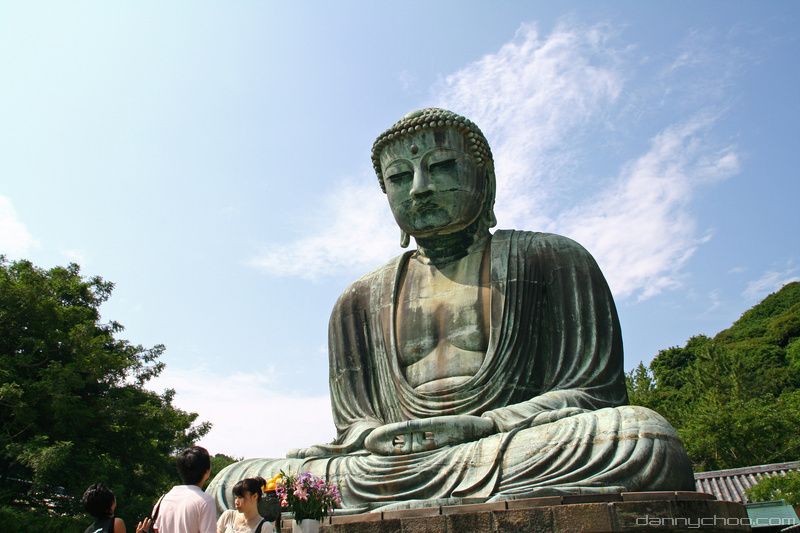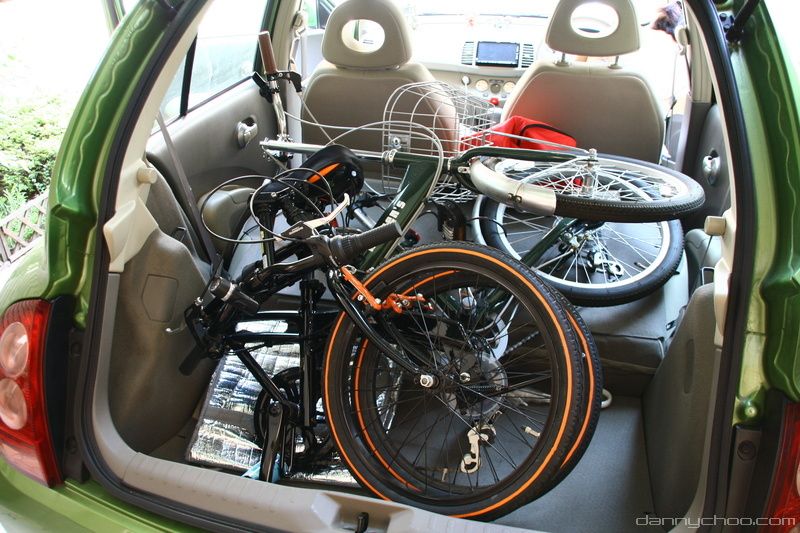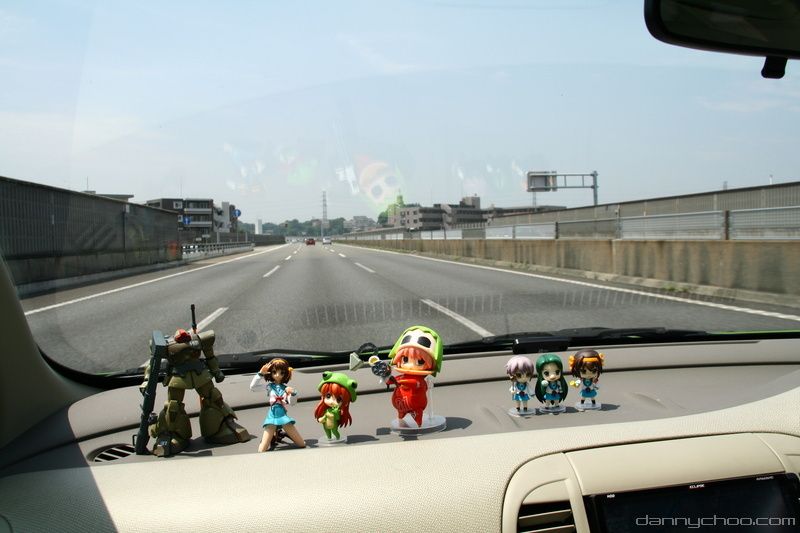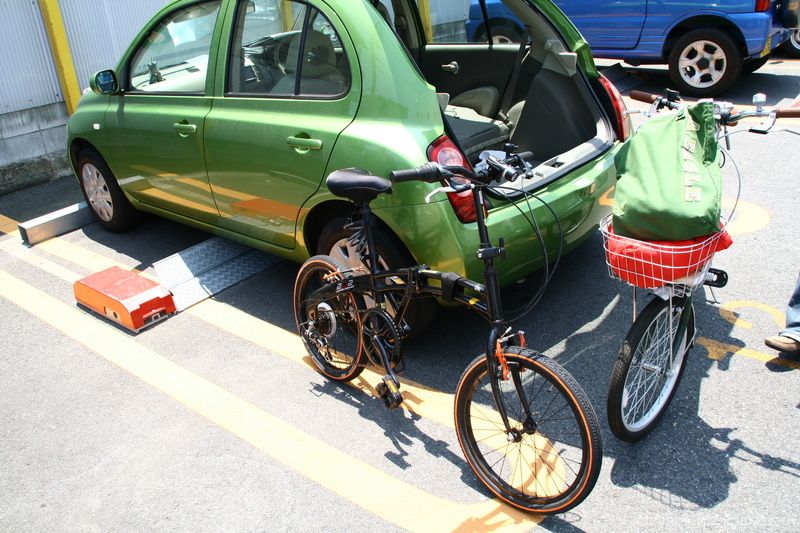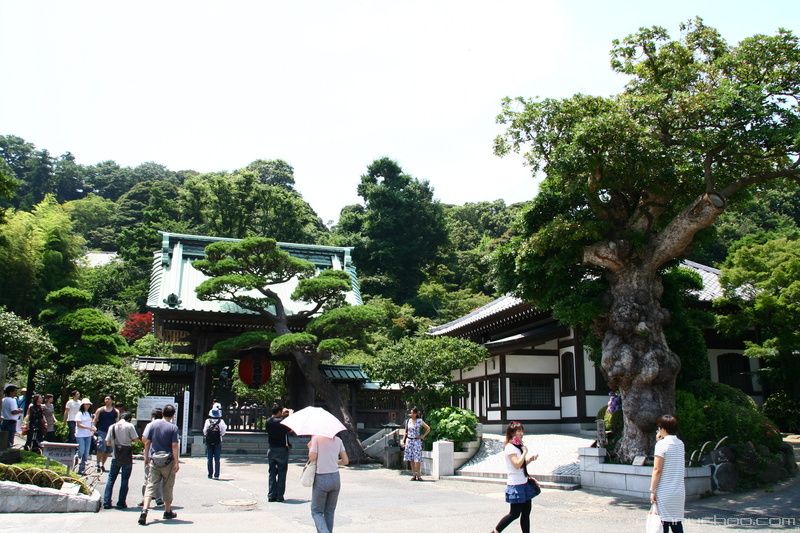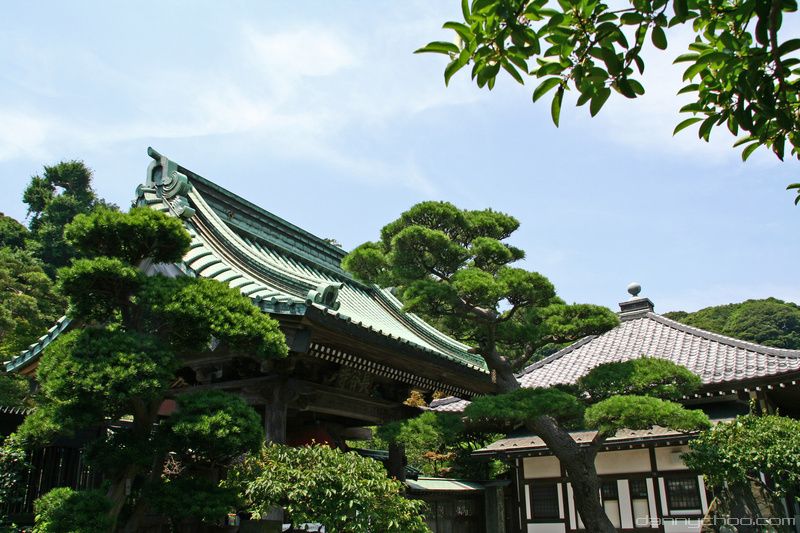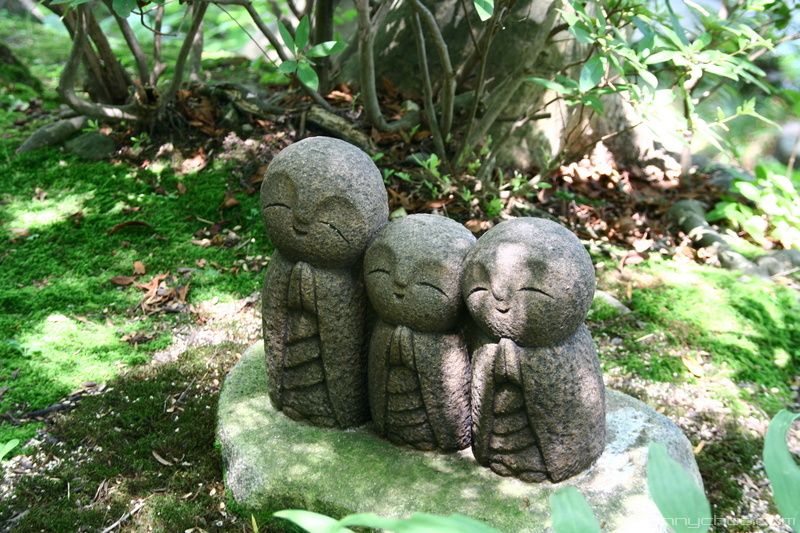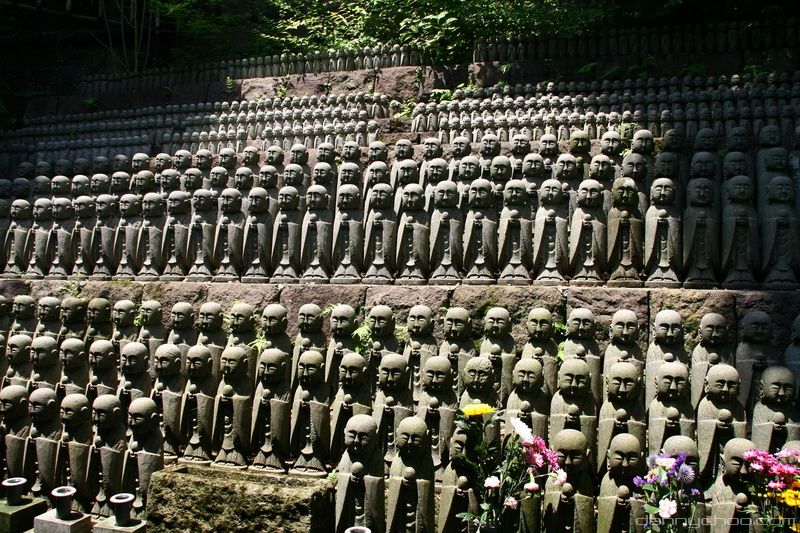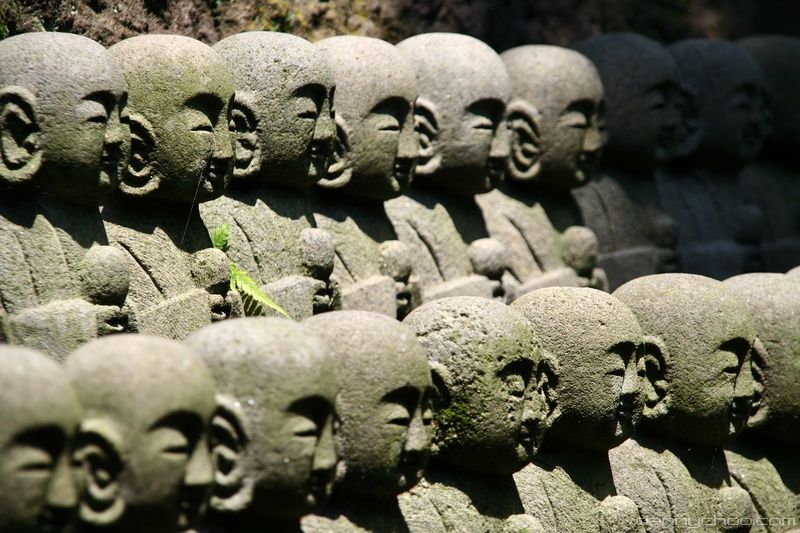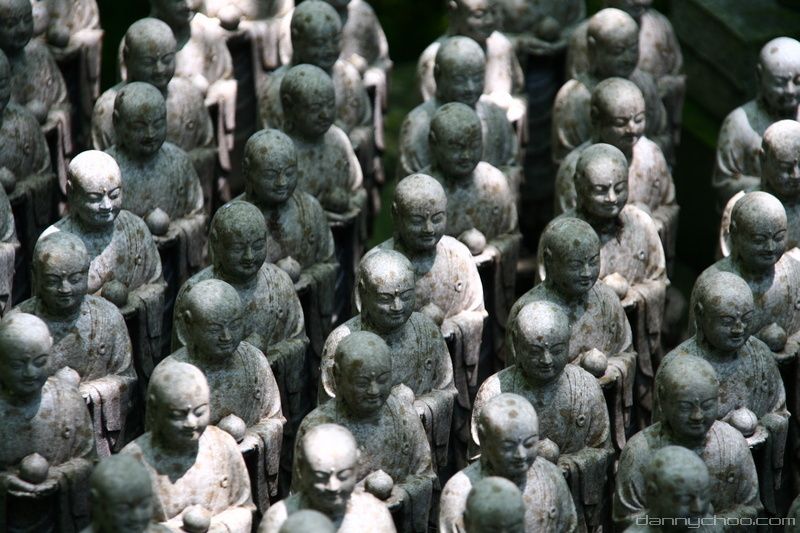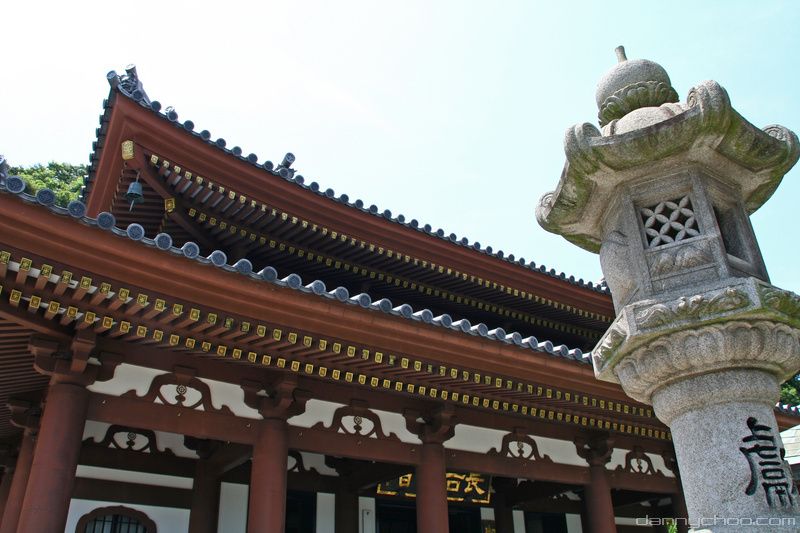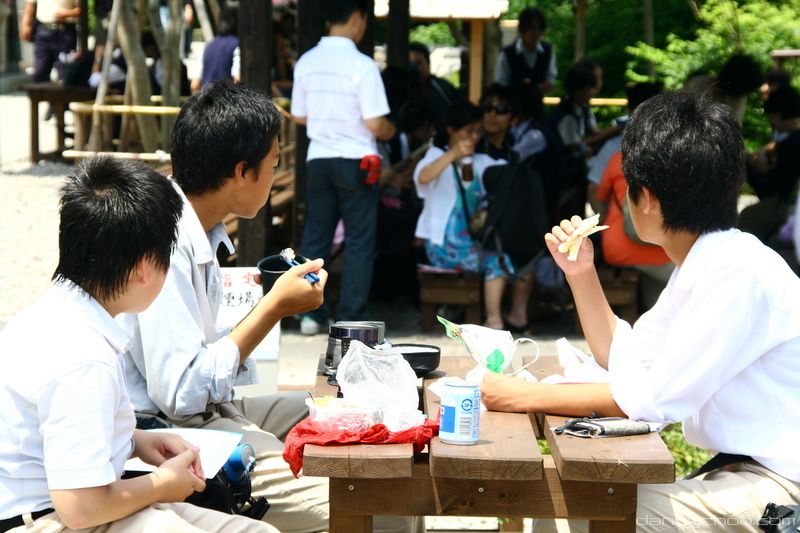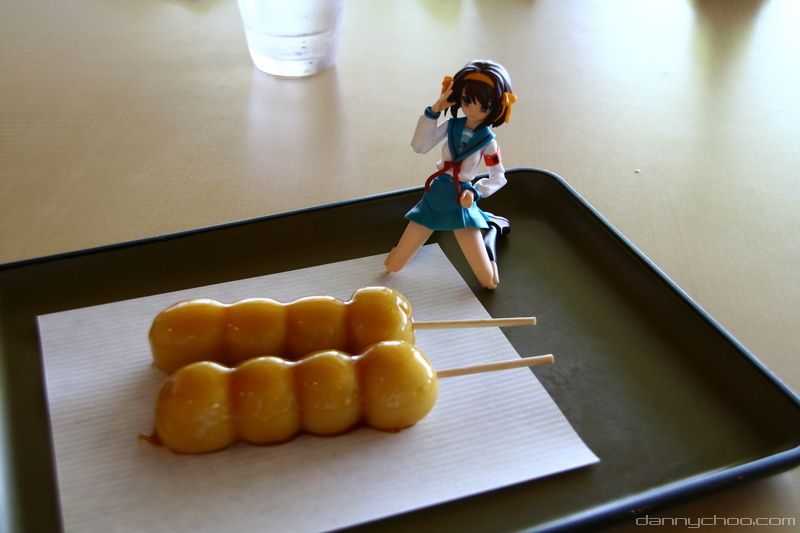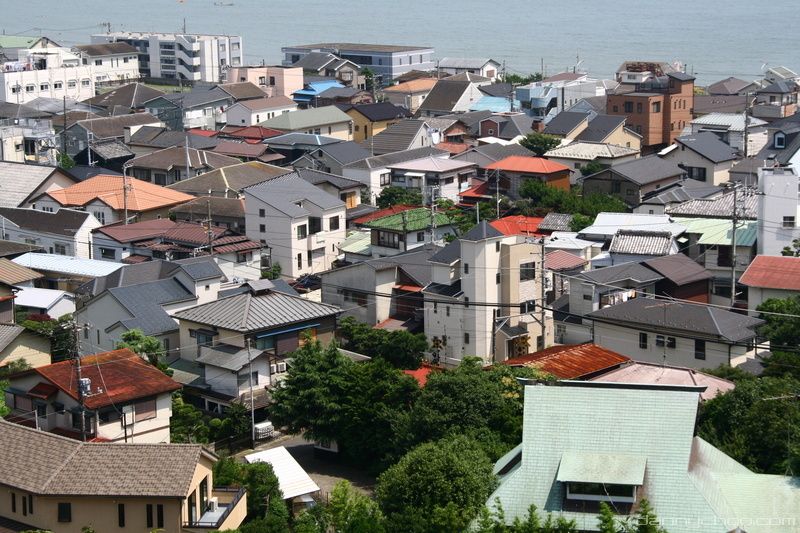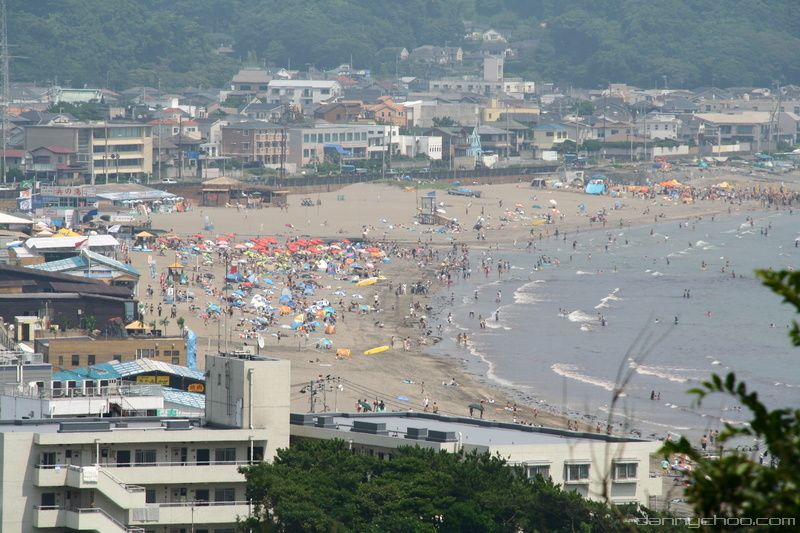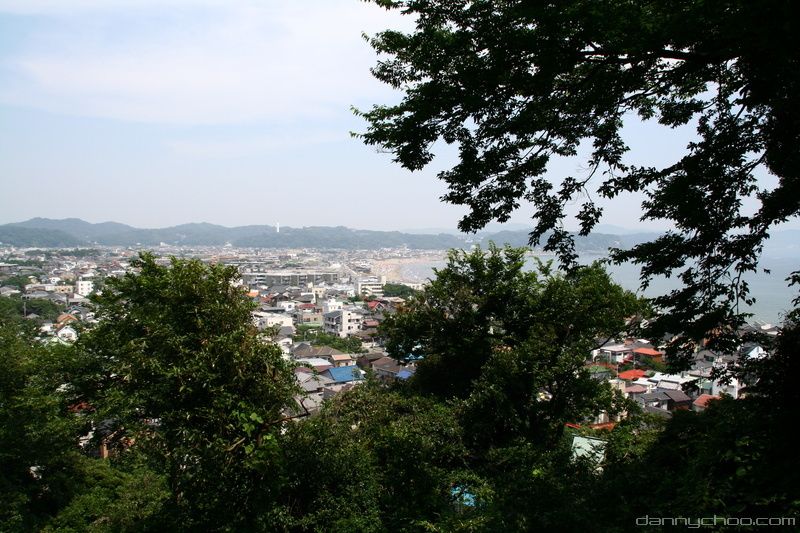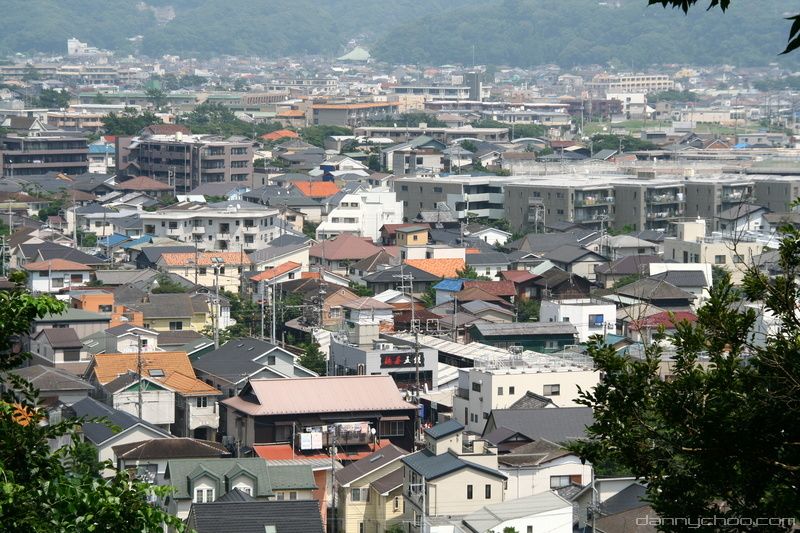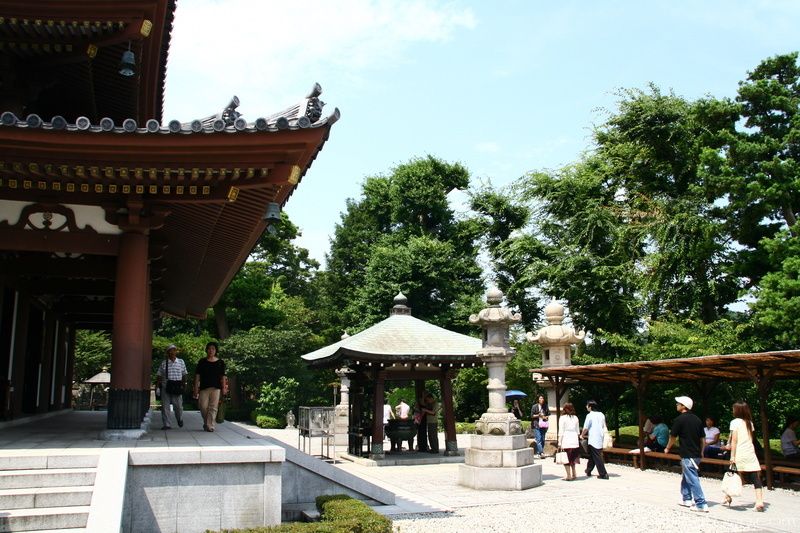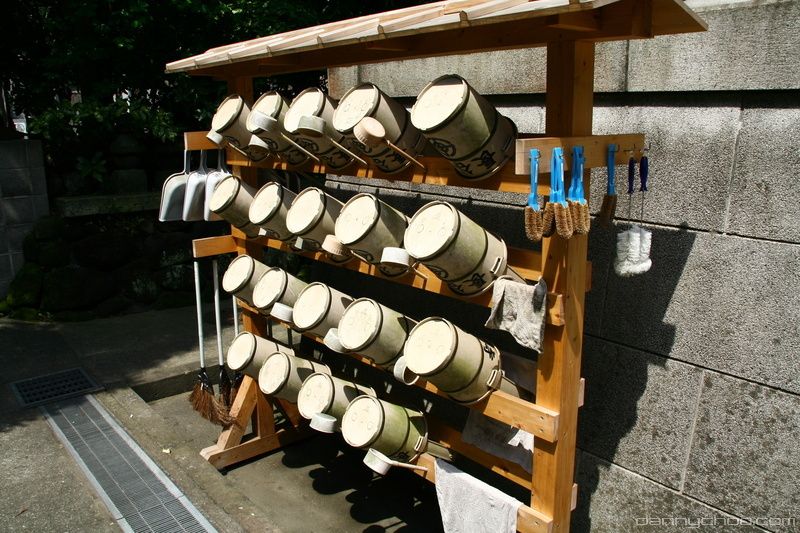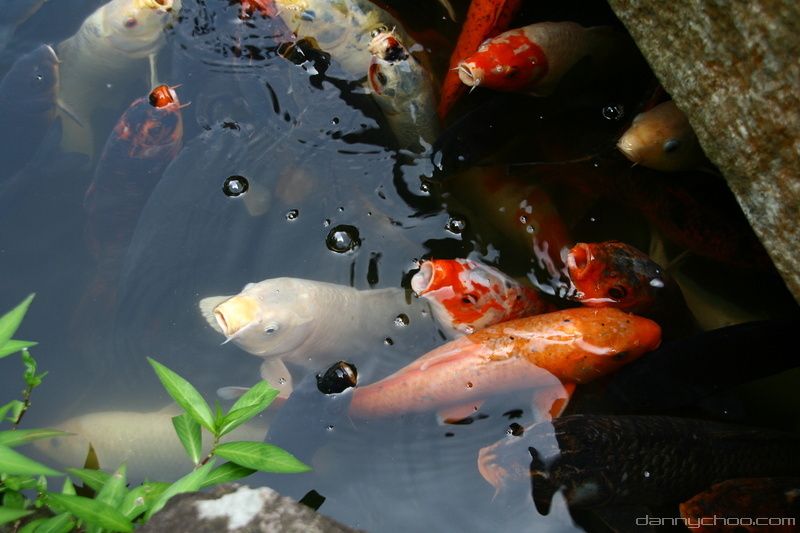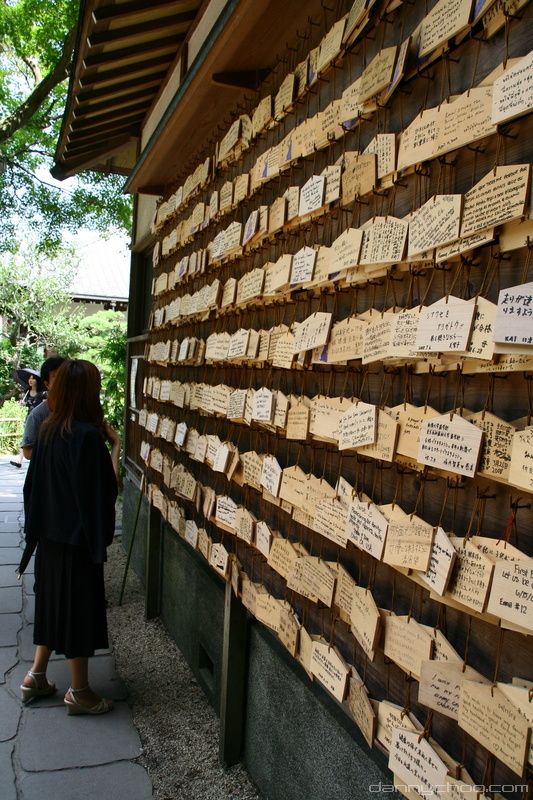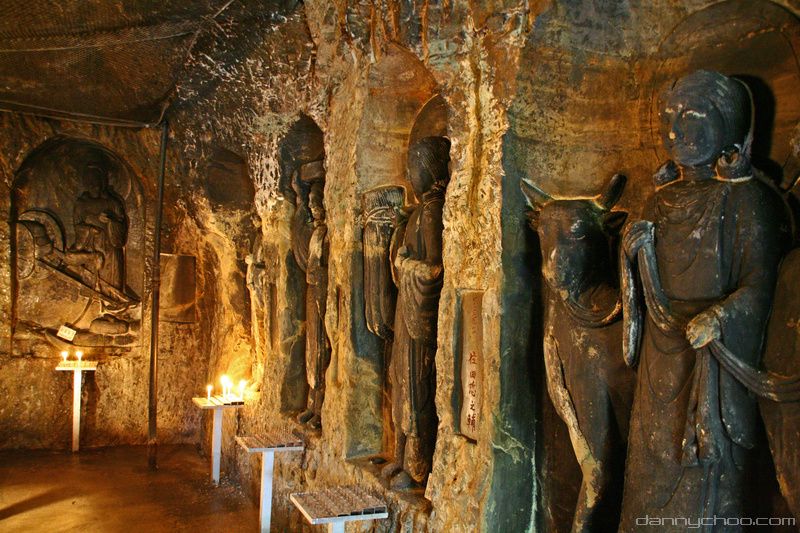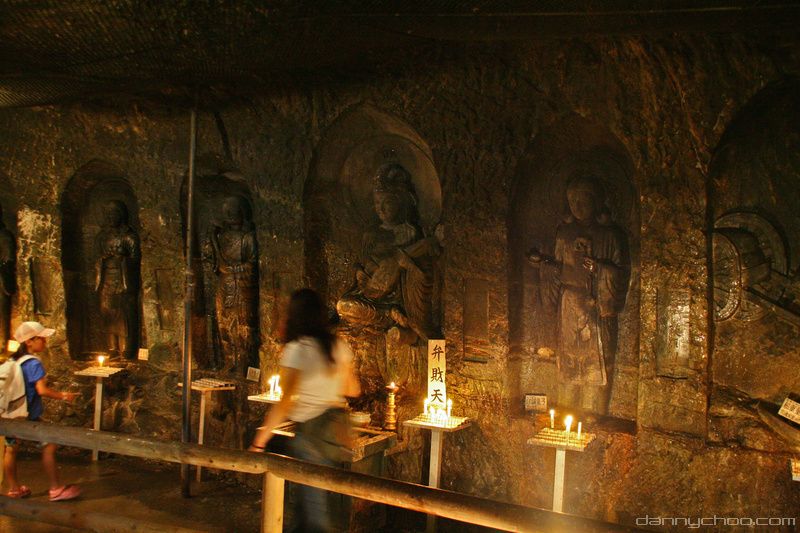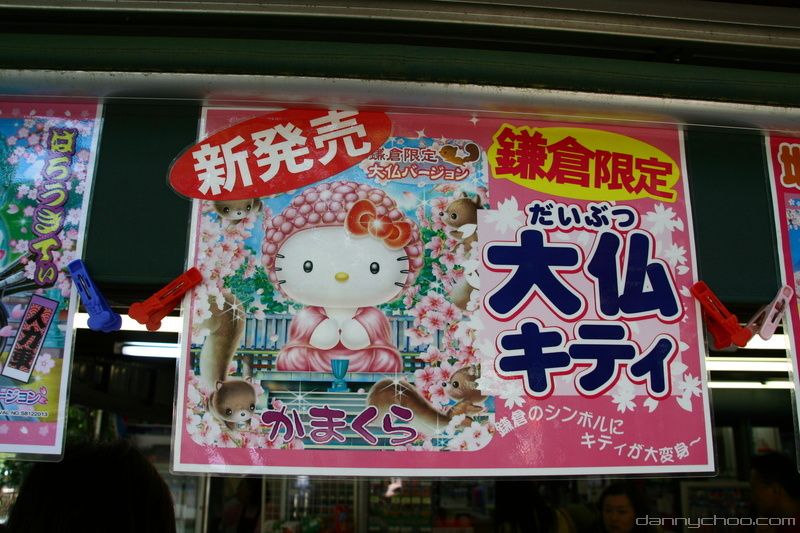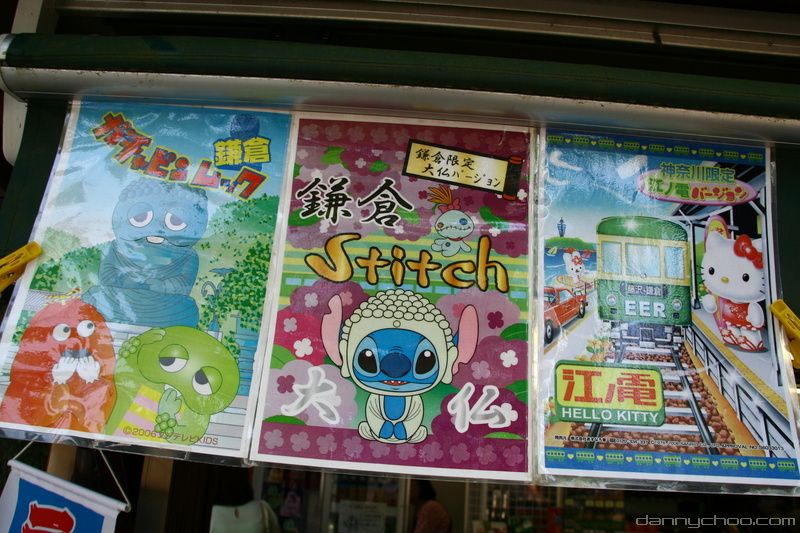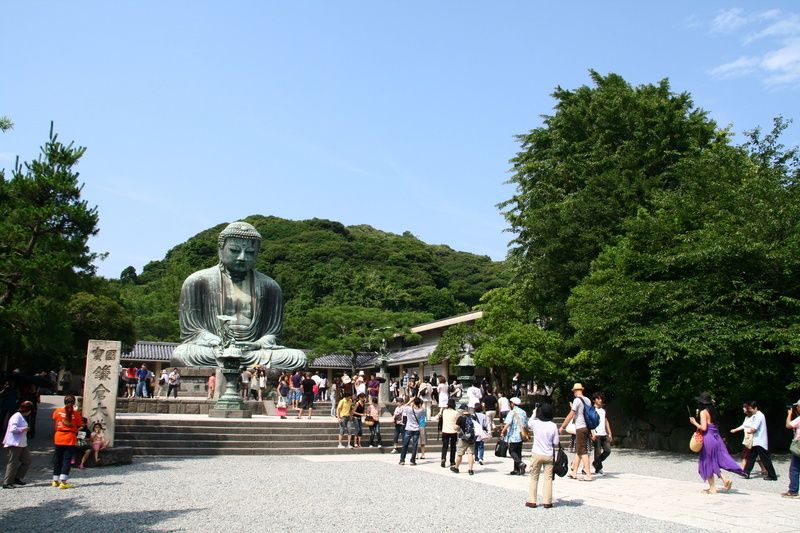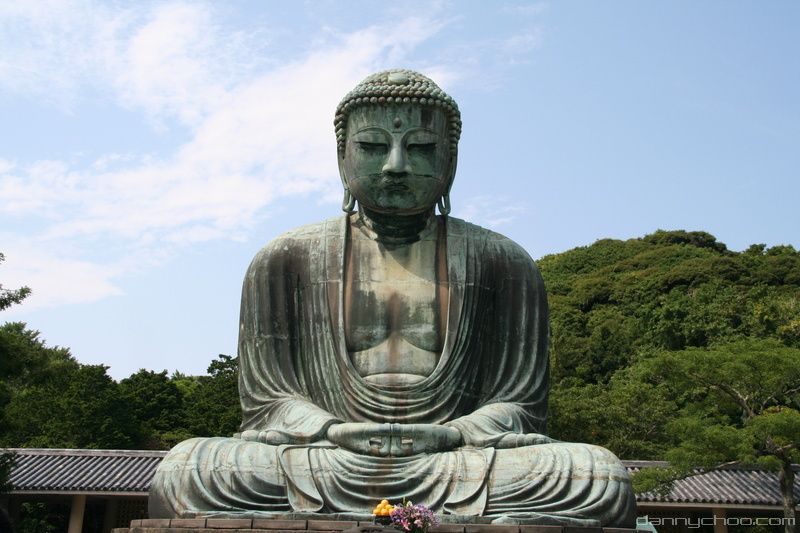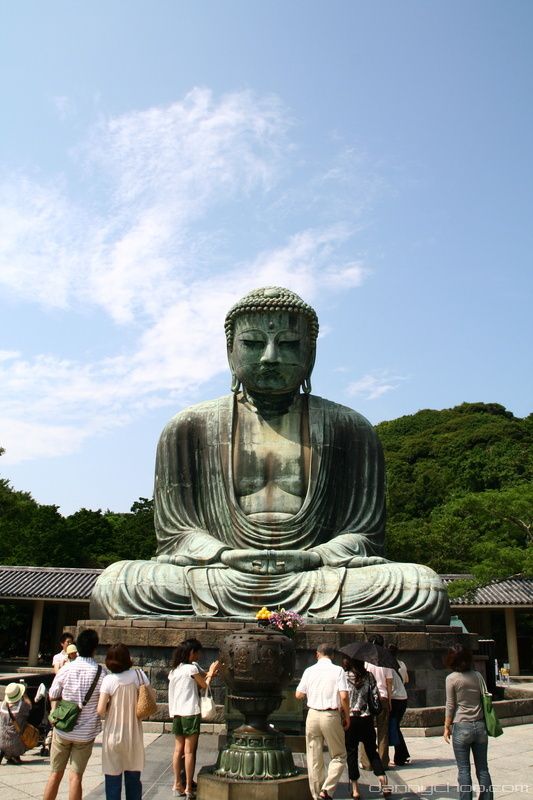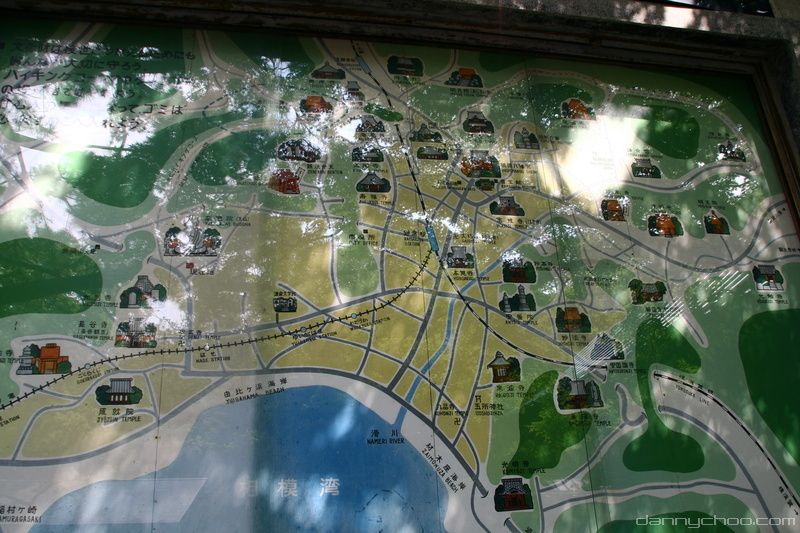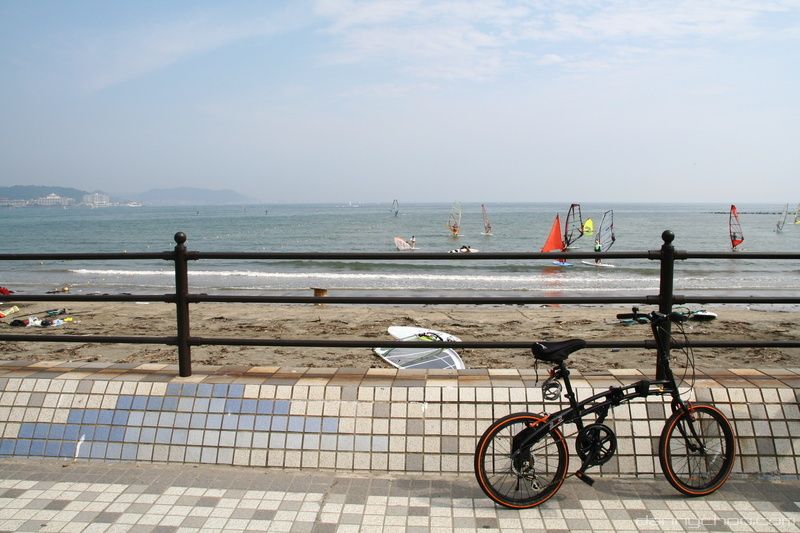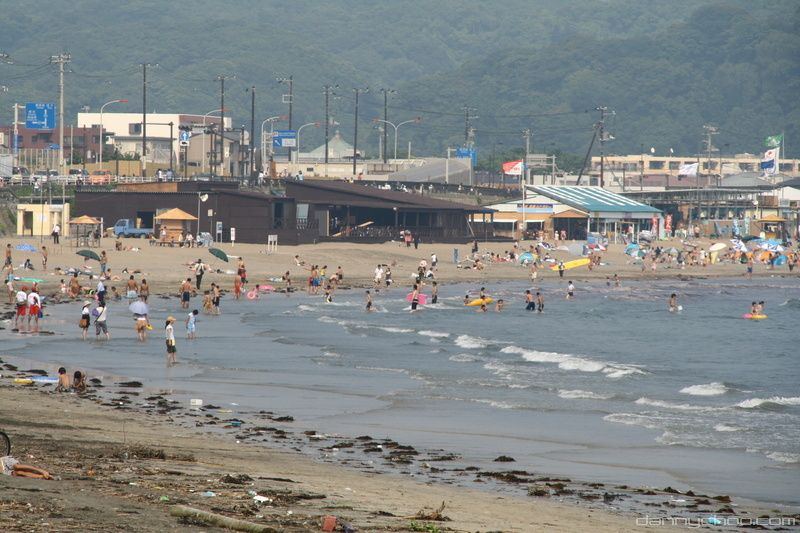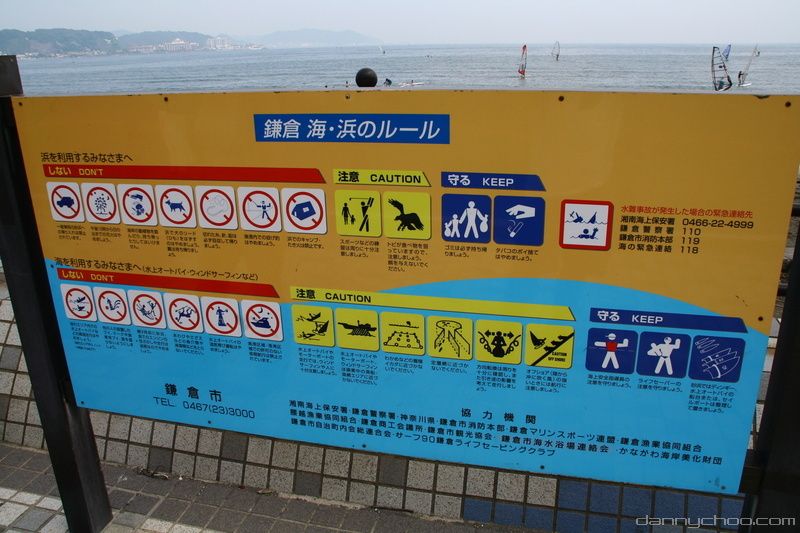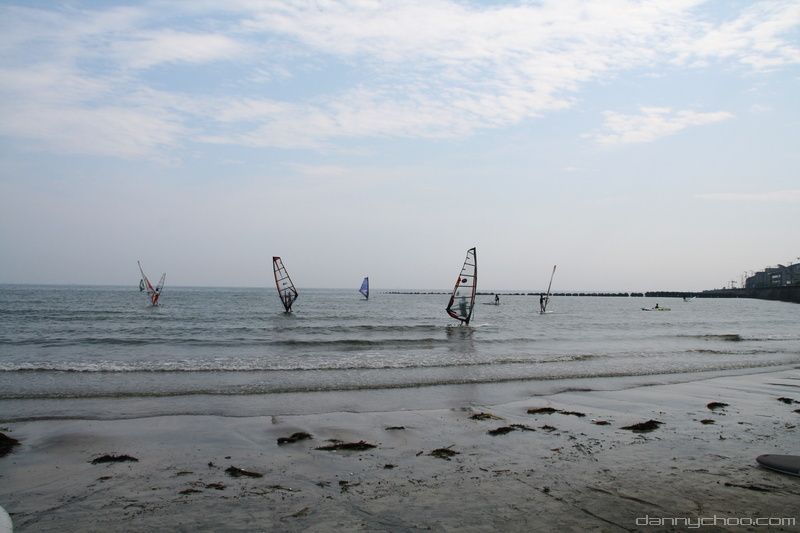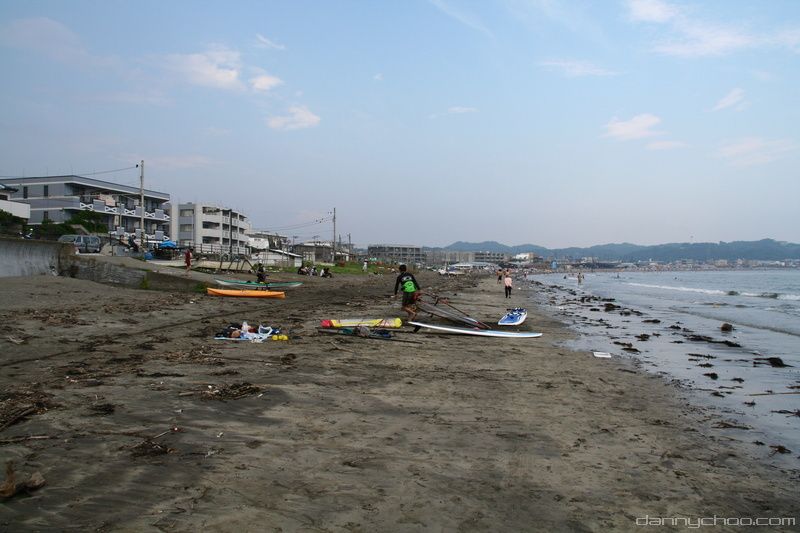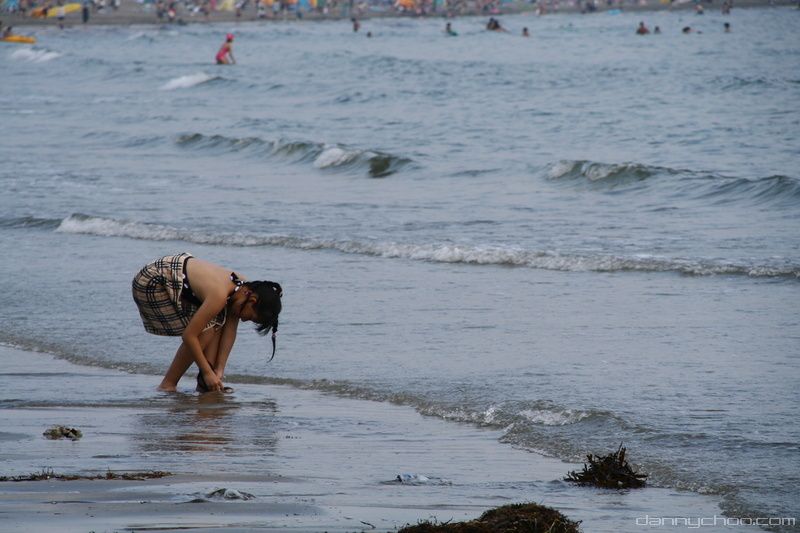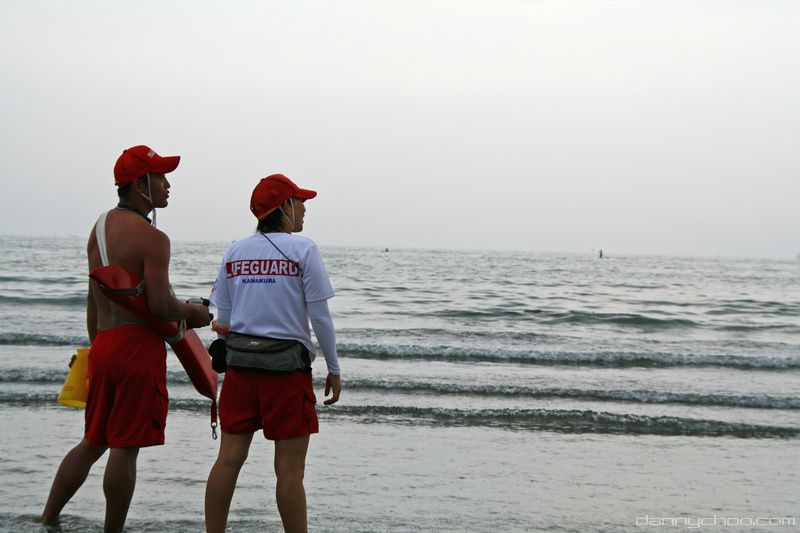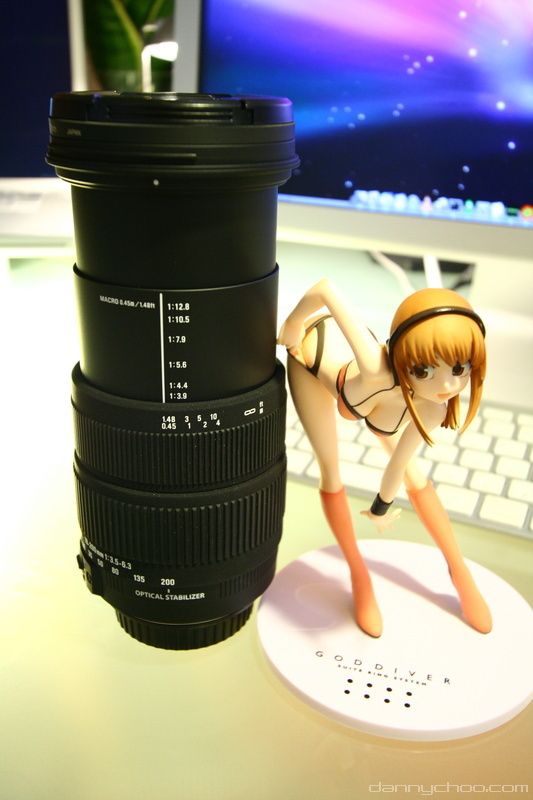Kamakura
Been living in Japan for many moons now but was my first time to take walkies around Kamakura.
Kamakura is located about 50km South West of Tokyo in the Kanagawa prefecture.
The Kamakura area is a popular tourist spot for foreigners and Japanese alike and is popular for the large number of Buddhist temples and Shinto shrines - some built 1200 years ago.
A full list of temples and shrines at the end of the Wikipedia entry.
The Kamakura area is a popular tourist spot for foreigners and Japanese alike and is popular for the large number of Buddhist temples and Shinto shrines - some built 1200 years ago.
A full list of temples and shrines at the end of the Wikipedia entry.
We decide to go by car and pack in our bicycles.
Clear roads on the way there with a bit O traffic on the way back.
Arrive at Kamakura an hour and a half later. Bikes are unfolded and then its off to the first location. Folks can also renta-bike for a few hundred yen per day.
One of my first memories of Japan was the rail crossing. I remember saying to a bunch of my Japanese friends by a crossing one day - "you are so lucky to live in Japan!"
They would laugh each time at that remark.
They would laugh each time at that remark.
First we spend a few hours at Hasedera Temple. The story is as follows. The Origins of Kamakura’s Hasedera Temple According to legend, in 721 AD the pious monk Tokudo Shonin discovered a large camphor tree in the mountain forests near the village of Hase in the Nara region. He realized the trunk of the tree was so large that it provided enough material for carving two statues of the eleven-headed Kannon.
The statue he commissioned to be carved from the lower part of the truck was enshrined in Hasedera Temple near Nara; the statue from the upper half (actually the larger of the two) was thrown into the sea with a prayer that it would reappear to save the people.
Fifteen years later in 736 on the night of June 18, it washed ashore at Nagai Beach on the Miura Peninsula not far from Kamakura, sending out rays of light as it did. The statue was then brought to Kamakura and a temple was constructed to honor it.
Since time immemorial, Hasedera Temple has been known as the 4th station among the 33 holy places in the Kanto area. Photos of the Kannon were forbidden so I didn't get any. Small pic at the Hasedera Temple site.
If you want to get away from the hustle n bustle of Tokyo for a day then Kamakura is a good choice.
The cutest O-jizou sama that I've seen. My knowledge of O-jizou sama is limited but I do know that they are guardians of children.
And Hasedera temple has many many O-jizou sama.
This is Kannon-do Hall which houses the statue of Hase Kannon.
A view of the seaside town can be seen from Hasedera.
Today there seemed to be a school trip. The interesting thing about Japanese school trips is that the students have to wear their uniform. Dont know the exact reason but presuming its easier for the teachers to keep tabs on the students and prevent outsiders from mingling into their coach or something.
Haruhi and Dango - both delicious.
The coolest spot in the temple is by these trees. Listening to the rustle while drinking some Japanese tea is priceless.
Closeup of the seaside town.
After listening to your feedback, I decided to buy the 18-200mm F3.5-6.3 DC OS Sigma lens. All the photos in this article are taken with the 18-200mm.
This shot is taken at 200mm.
Taken from the same spot with the same lens at 18mm. This lens is incredible!
Zooming in at 200mm again. Goodbye to changing lens all the time.
More O-jizou sama. Not sure exactly why but you will find many O-jizou sama dressed in red bibs. I guess its something to do with them being guardians of children?
The lens enables me to get a 200mm shot at a distance of about 45cm.
Going round to see one's deceased is called "O-haka mairi." In most cases, the grave stone is washed and scrubbed. These are buckets and brushes for that purpose.
A load of Koi or Common Carp know when you are nearby and gather around you expecting some grub.
I keep forgetting what these are called - you write a wish on them and hang them up.
The sweetest one was by a child who wrote "I hope my fish never die."
The sweetest one was by a child who wrote "I hope my fish never die."
At the back of the temple are meter high tunnels which opens out to these caves.
Take a candle and place it in front of the god who represent different fortunes such as health, wealth, luck etc. I chose health.
In Japan, Kitty-chan is a Buddha.
In Japan, Snitch is a Buddha.
Now we are at Kotoku-in - a Buddhist temple home to the Daibutsu or "Great Buddha."
I estimated about 40% of visitors that I saw were foreigners. Have you visited Kamakura on your last trip to Japan?
Some facts about the Great Buhdda below from Wikipedia. The Great Buddha of Kamakura is a monumental outdoor bronze statue of Amitābha Buddha in the Kōtoku-in Temple in Kamakura, Kanagawa Prefecture, Japan.
It is believed that the statue was originally cast in 1252, following an idea by the priest Joko, who also collected donations to build it. The sculptors were One-Goroemon and Tanji-Hisatomo.
The statue is approximately 13.35m tall and weighs approximately 93 tons. The statue is hollow, and visitors can view the interior for a mere 20 Yen a person.
The Great Buddha was originally housed in a temple, but this was washed away by a tsunami in 1498.
Since then the statue has stood in the open air. Repairs were carried out in 1960-1961, when the neck was strengthened and measures were taken to protect it from earthquakes.
Since then the statue has stood in the open air. Repairs were carried out in 1960-1961, when the neck was strengthened and measures were taken to protect it from earthquakes.
Paid 20 yen to go inside and al I heard from the other visitors inside was "sore dake?" (pronounced "soray darkay") meaning "is that all?!"
I know its only 20 yen but there is nothing to see on the inside - just hollow bronze!
Zooming in at 200mm.
While religion does not play a major role in everyday life, the Japanese do carry out religious rituals at birth, weddings, funerals, laying foundations for a building and at shrines or temples whenever they visit one.
At Kamakura, you will see folks lighting up incense, washing their hands at the entrance of the temple and making the throw-coin-clap-once prayer.
Do you practice any form of religion?
Do you practice any form of religion?
I guess you would need a couple of days to fully explore Kamakura.
Then its off to the beach to catch the tunes of the sea n sand.
This is Yuigahama beach. The further away to the west from Tokyo you go, the whiter/cleaner the beach gets.
Are beaches clean or dirty in your region or does it depend on where you go?
Are beaches clean or dirty in your region or does it depend on where you go?
Took a dip in the water the last time I went and decided then that it would be my last time ^^;
The water is muddy and full of jelly fish.
The water is muddy and full of jelly fish.
The standard beach rules.
Popular beach for windsurfers.
We brought our beach mat along and both of us fell asleep ^^;
Lifeguards who are willing to take a bullet for you.
Comrades on the beach.
"If you feel an earthquake then be alert. Barriers are 4 meters above sea level."
When there are quakes in Japan, warnings are issued on TV which you may have seen pop up while watching anime or Jdorama. They also let you know whether a tsunami is going to occur after.
A tsunami is a series of waves that happens when a large body of water is displaced - volcanic eruptions and earthquakes can cause a tsunami.
Some pics of tsunami damage in Hokkaido here.
Some pics of tsunami damage in Hokkaido here.
And a quick closeup of the new 18-200mm F3.5-6.3 DC OS lens.
My first lens with an optical stabilizer which seems to do a great job.
Its quite heavy compared to my other lenses and weighs 610g.
My first lens with an optical stabilizer which seems to do a great job.
Its quite heavy compared to my other lenses and weighs 610g.
The lens is about 13cm at 18mm and extends to about 19cm at 200mm and makes loads of whirring motor noises ^^.
